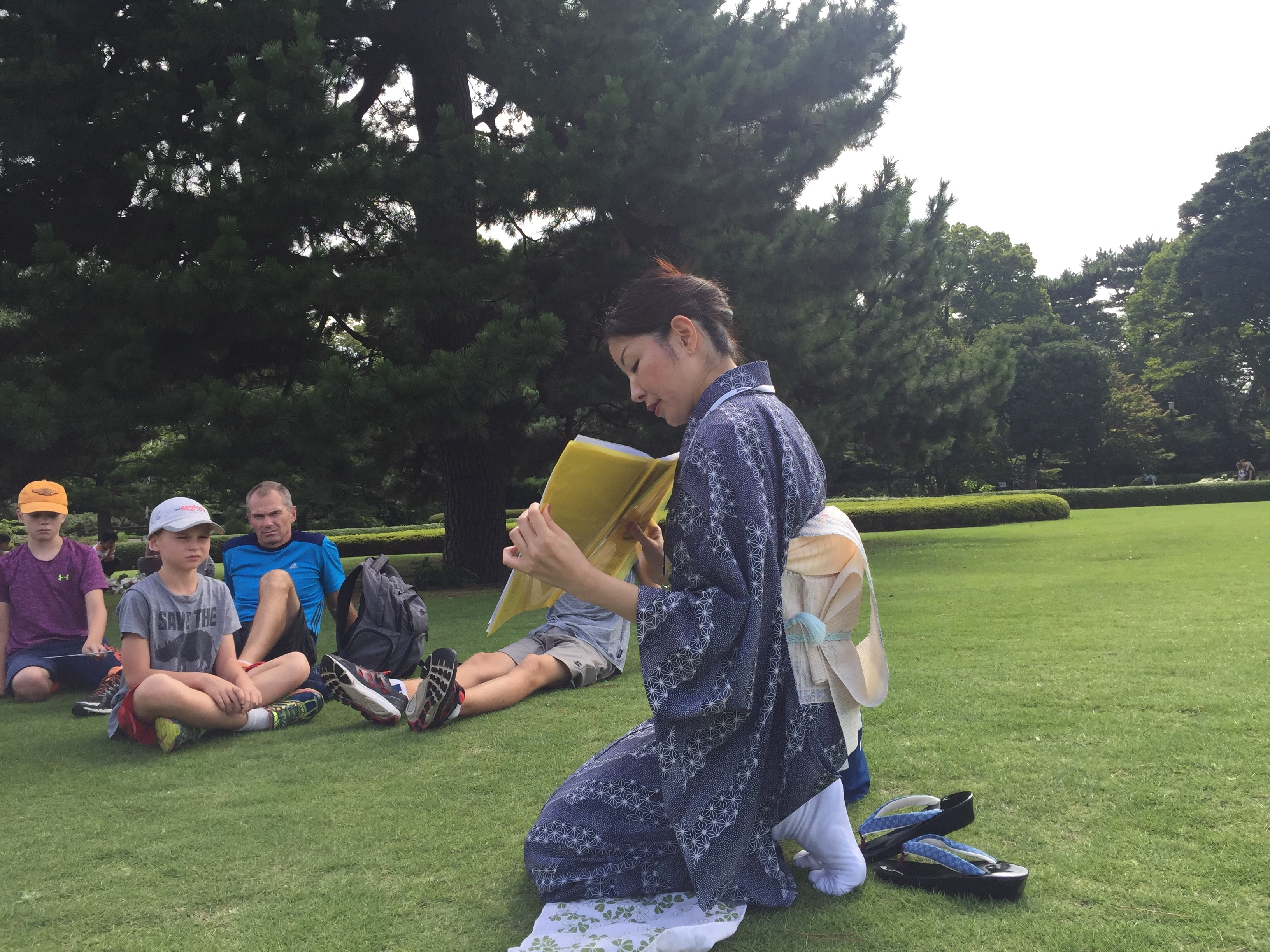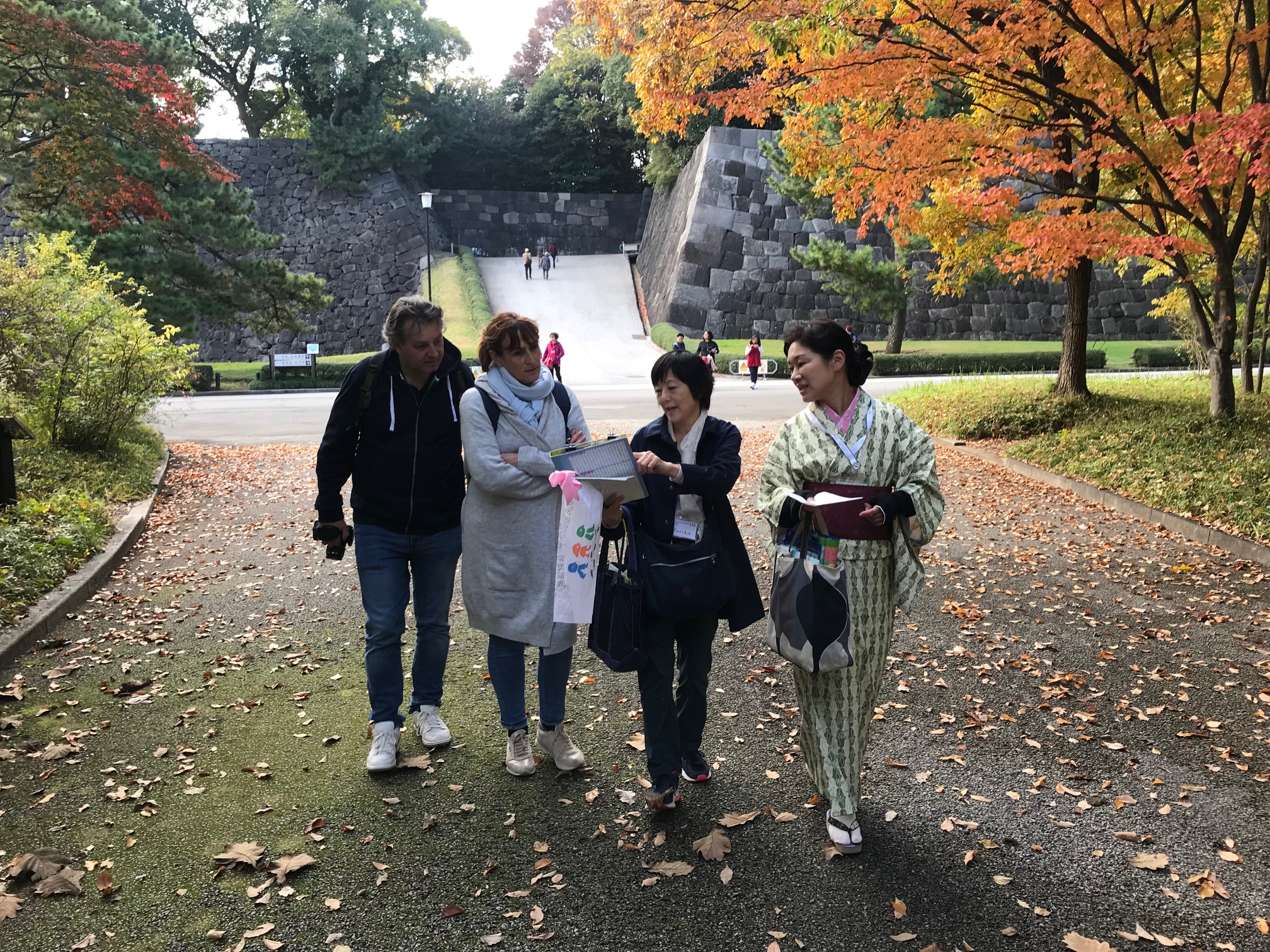 East Gardens of the Imperial Palace
East Gardens of the Imperial Palace Tour Report on 1-December, 2018, Saturday afternoon
Thank you the guests who kindly joined our afternoon tour on 1st of December. We had 13 guests from six countries, divided by four groups. Hard to believe that it was already in December: it was very warm and a best day for walking tour. I enjoyed the tour with our lovely guests, rainbow at Wadakura Fountain park, and very beautiful autumn leaves during the tour. In particular, we could see the reflection of such autumn leaves at the pond in Ninomaru Park. Awesome! Speaking of Ninomaru park, I r...

